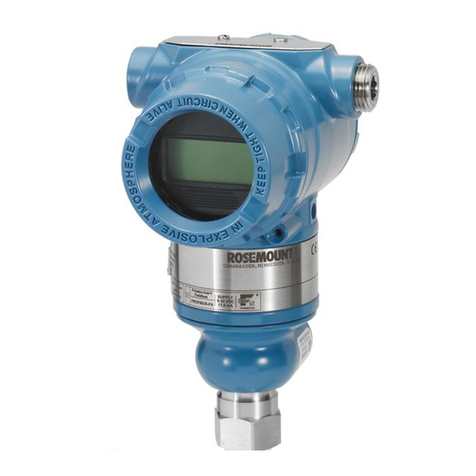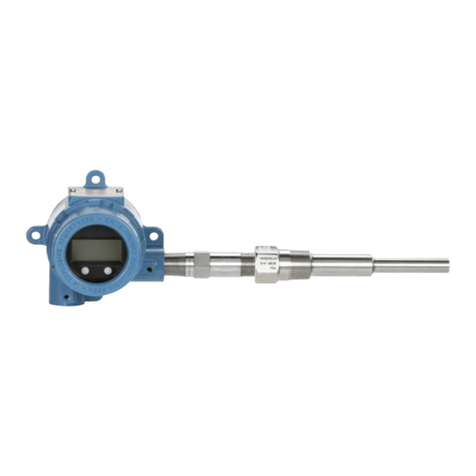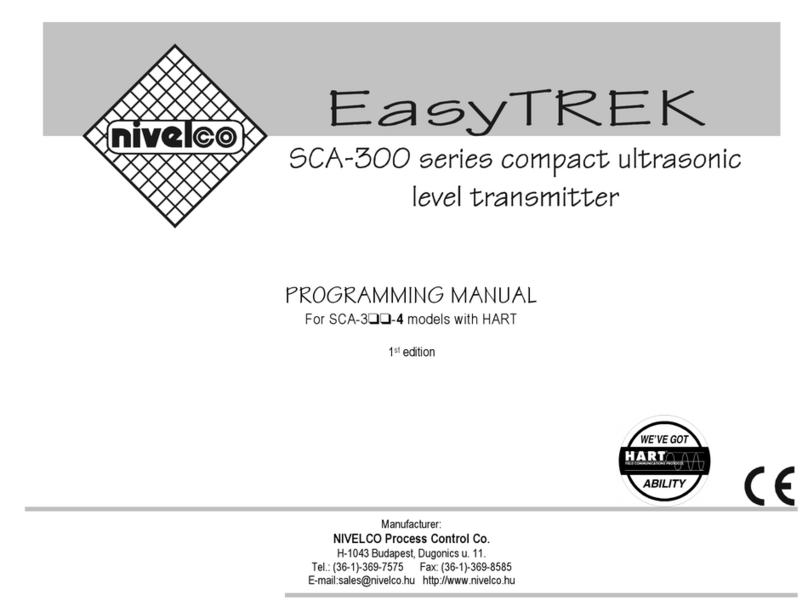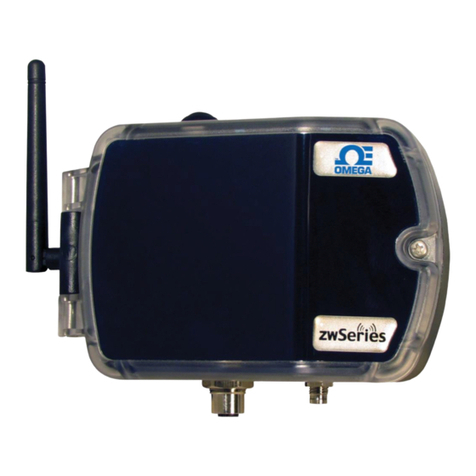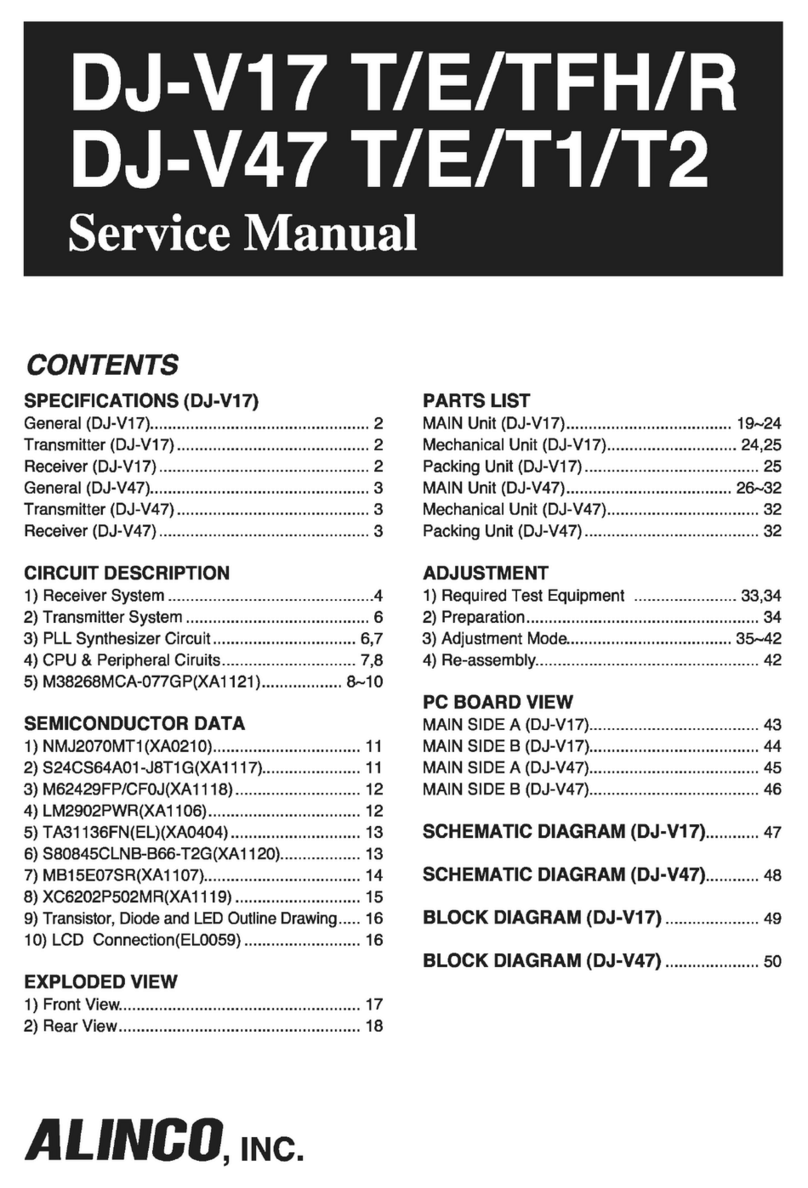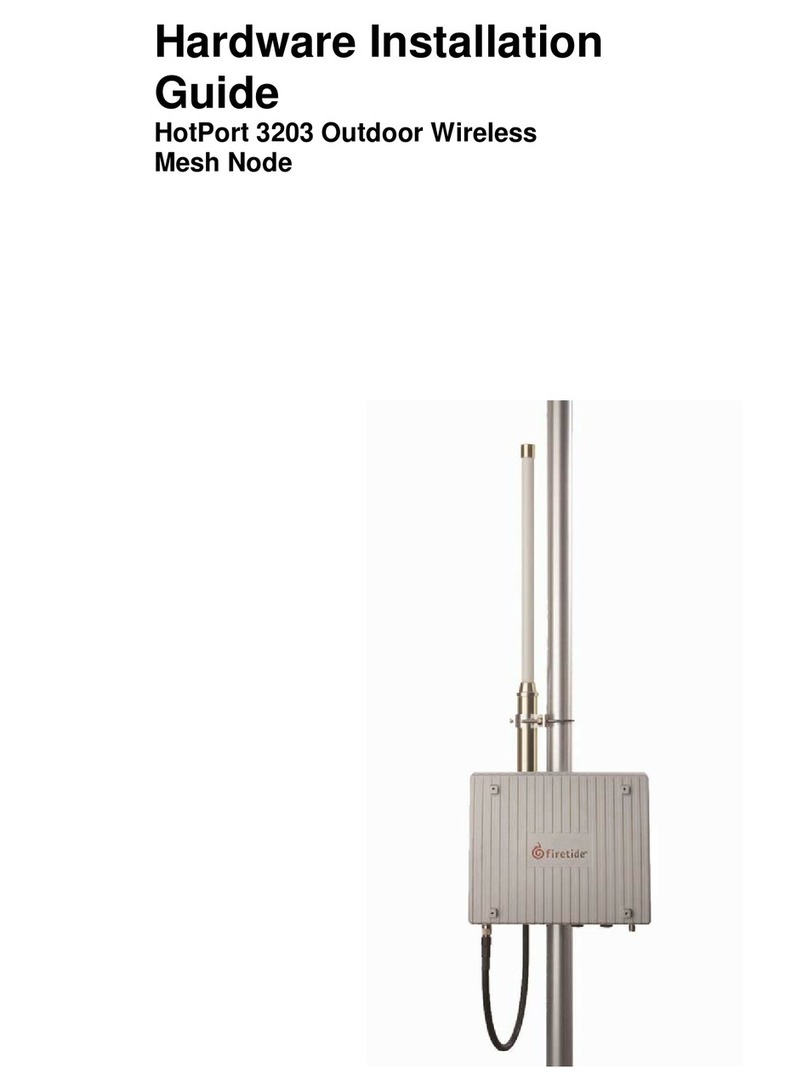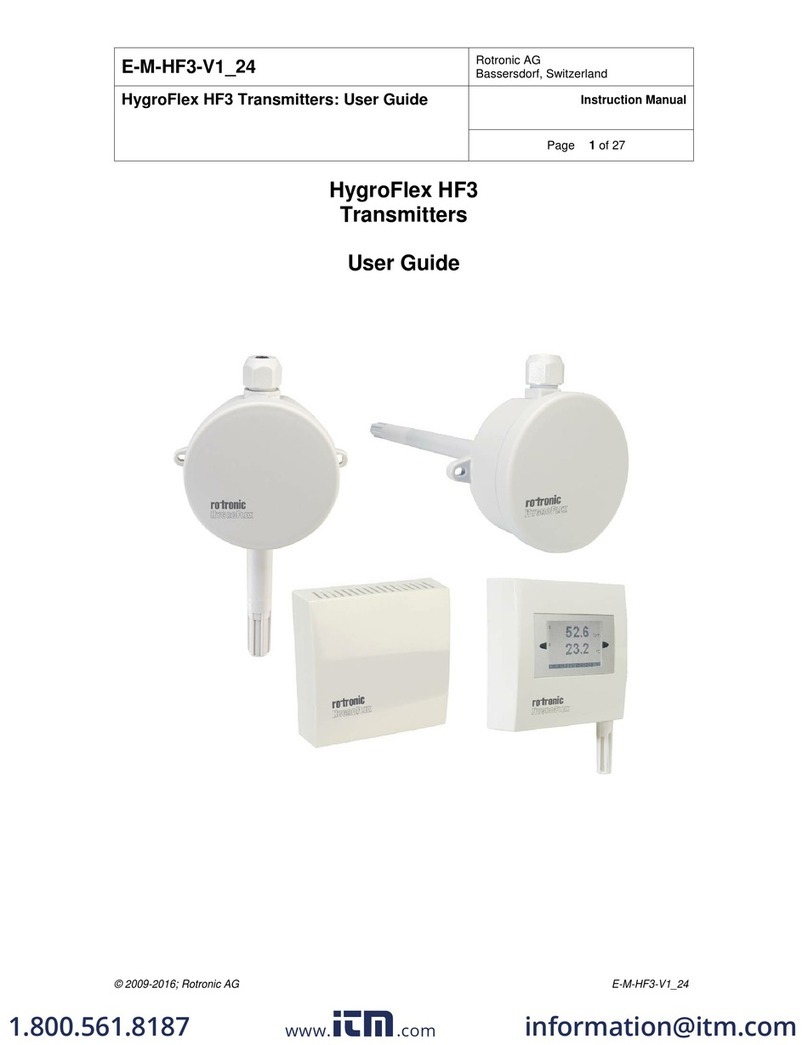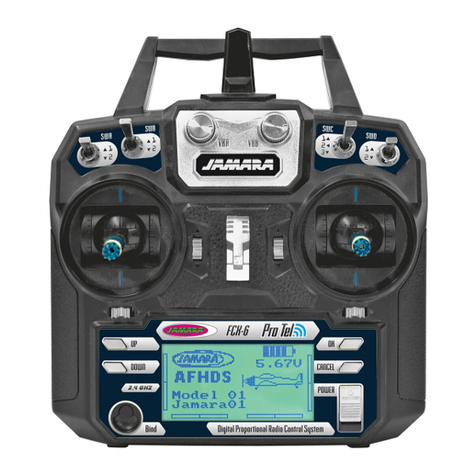Emerson Rosemount 4600 User manual
Other Emerson Transmitter manuals
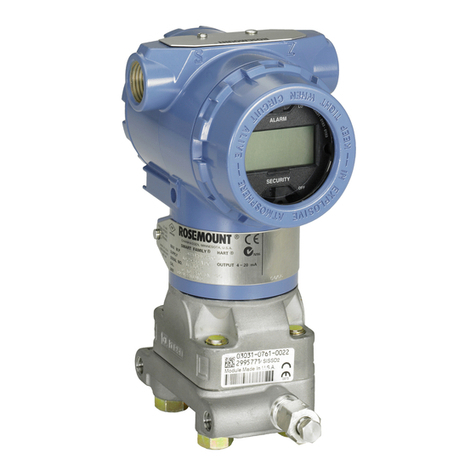
Emerson
Emerson Rosemount 3051 User manual
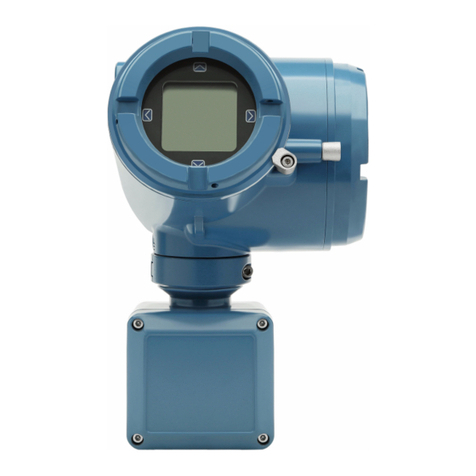
Emerson
Emerson Micro Motion 4200 Quick guide

Emerson
Emerson Rosemount 2051 User manual

Emerson
Emerson Rosemount 5081 User manual

Emerson
Emerson Micro Motion 2400S Quick guide

Emerson
Emerson Micro Motion 3700 User manual

Emerson
Emerson Rosemount 3408 User manual
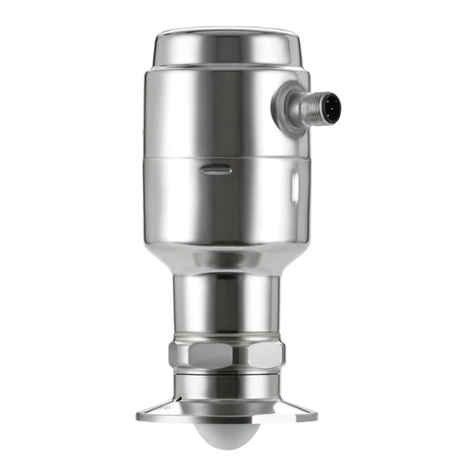
Emerson
Emerson Rosemount 1408H User manual
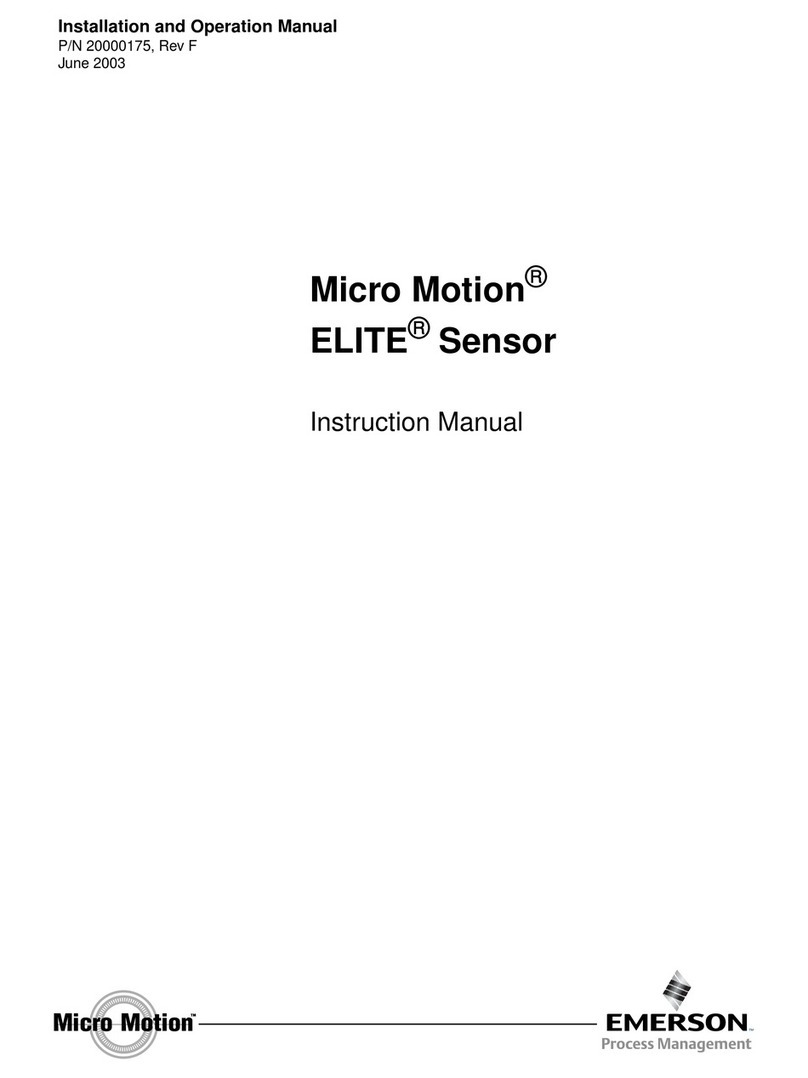
Emerson
Emerson Micro Motion ELITE User manual

Emerson
Emerson Rosemount 644h User manual

Emerson
Emerson Rosemount 648 User manual
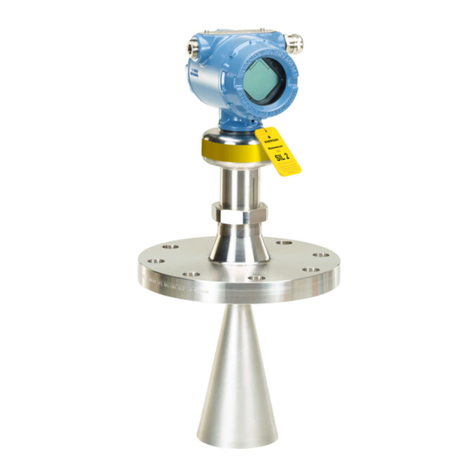
Emerson
Emerson Rosemount 5408 User manual

Emerson
Emerson MicroMotion FOUNDATION 5700 User manual

Emerson
Emerson Rosemount 5300 Series User manual

Emerson
Emerson Rosemount 3051G User manual

Emerson
Emerson Rosemount 644 User manual
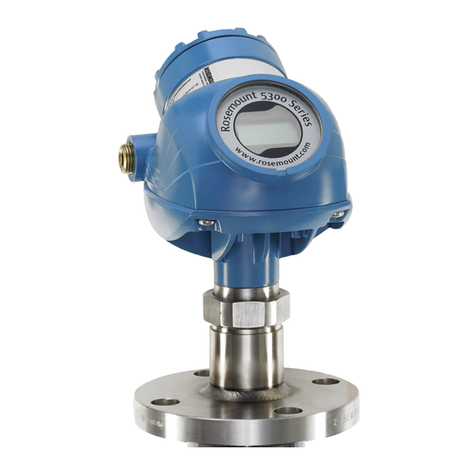
Emerson
Emerson Rosemount 5300 Series Operational manual
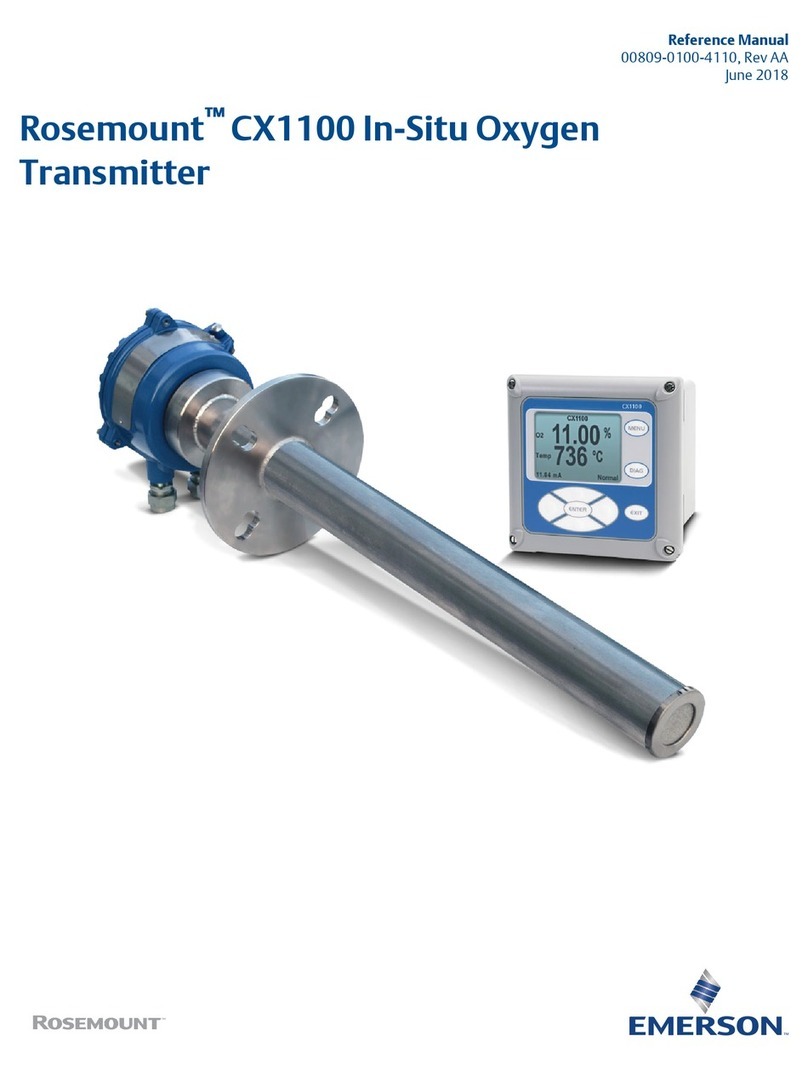
Emerson
Emerson Rosemount CX1100 User manual
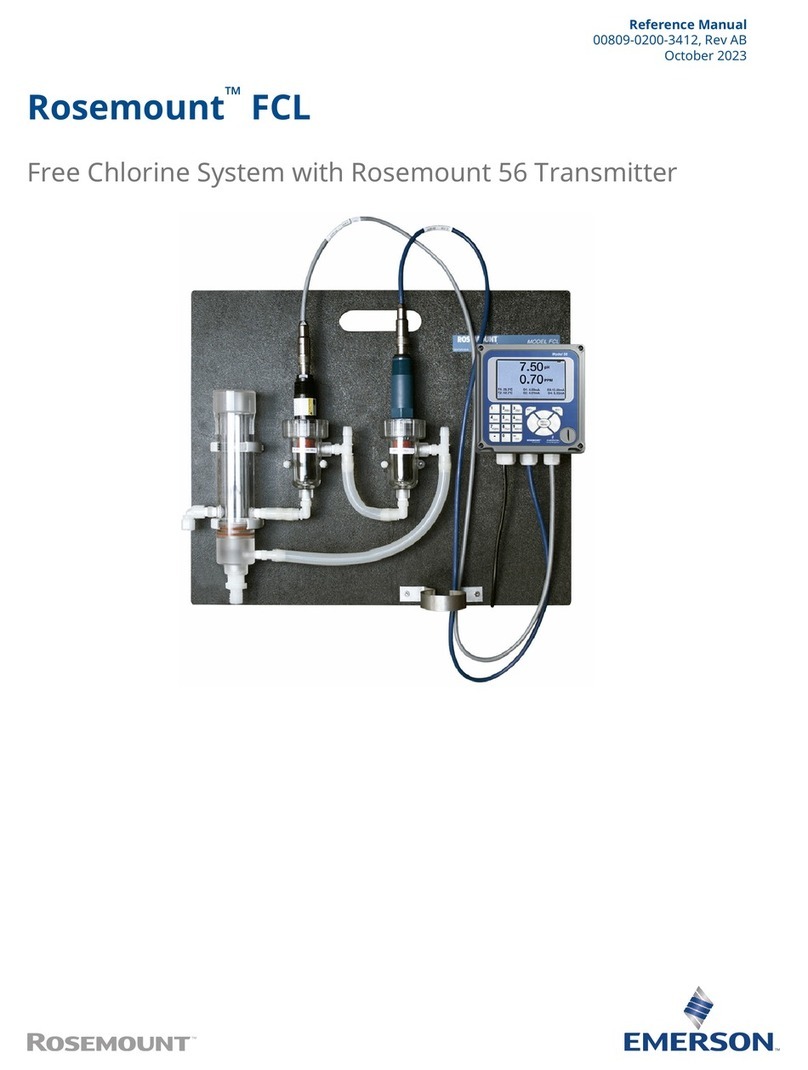
Emerson
Emerson Rosemount FCL-01 User manual

Emerson
Emerson Micro Motion 5700 User manual
Popular Transmitter manuals by other brands
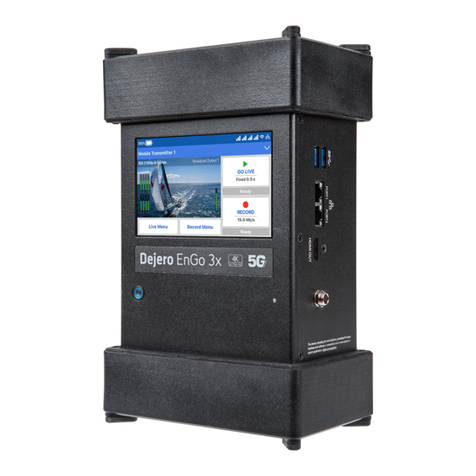
Dejero
Dejero EnGo 3x manual

Rosemount
Rosemount 4600 Reference manual

Speaka Professional
Speaka Professional 2342740 operating instructions

trubomat
trubomat GAB 1000 instruction manual

Teledyne Analytical Instruments
Teledyne Analytical Instruments LXT-380 instructions
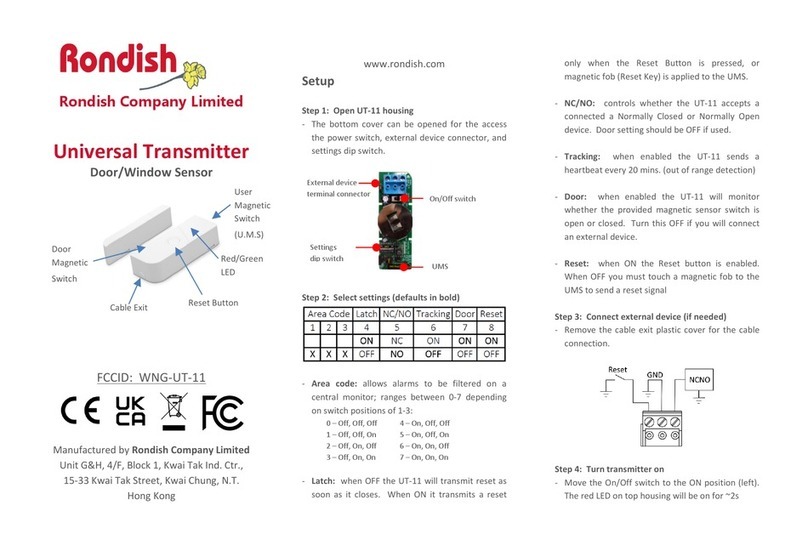
Rondish
Rondish UT-11 quick start guide
